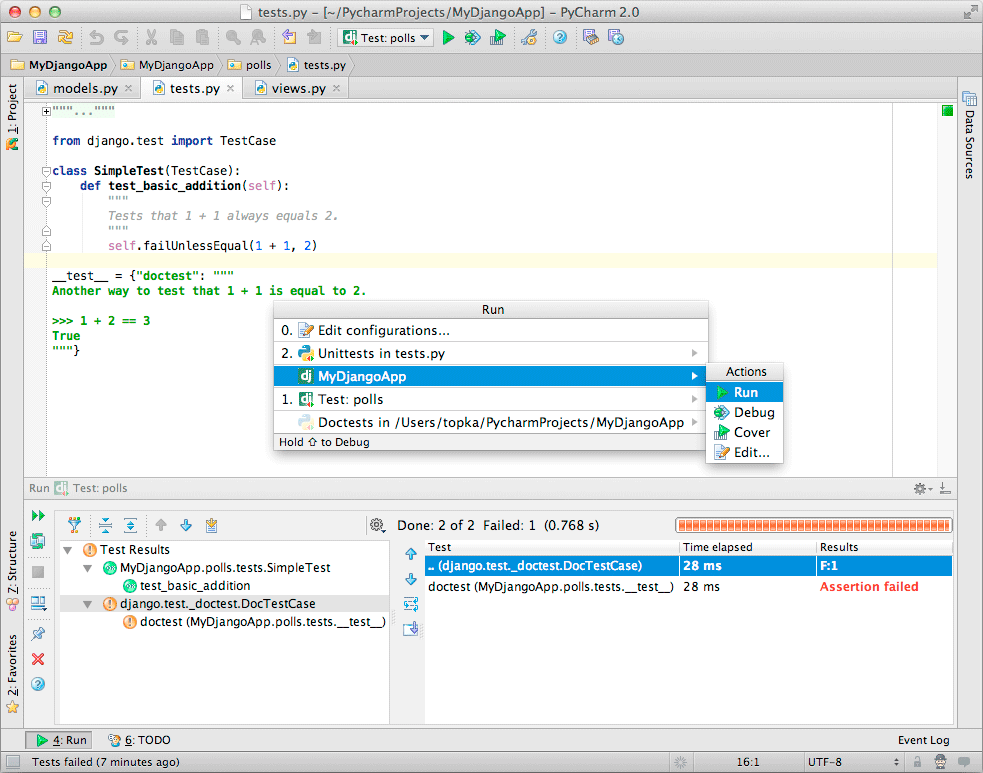
You can do this also directly from within PhpStorm the same way you just installed JSDoc above by using the npm package manager.
Optional: Install a different template such as DocStrap. Again, use the Options checkbox and specify which folder JSDoc should be installed into or type -g to install globally, e.g. Click on the green add button to install a new package and search for JSDoc. Open Settings (Ctrl+Alt+S) -> Languages & Frameworks -> Node.js and NPM. Install JSDoc with the npm package manager directly from within PhpStrom:. The -g option will install npm into your folder %AppData%/npm/ For more details about using the package manager in PhpStorm read Installing and Removing External Software Using Node Package Manager. Beware to make the installation global by setting Options to -g, otherwise you end up with npm in your project folder. Install the npm package manager by clicking on the green add button. Install the node package manager npm from within PhpStorm:. For more details about Node.js in PhpStorm read IntelliJ IDEA 2016.1 Help | Node.js Also press the Enable Node.js core button to enable code assist. In the Node interpreter field, specify the local Node.js interpreter to use. Open Settings (Ctrl+Alt+S) again and go to Languages & Frameworks -> Node.js and NPM. 
Open Settings (Ctrl+Alt+S) -> Plugins -> Install JetBrains Plugins -> Search for Node.js -> Install the Plugin This installation guide is written for Windows, but should also work on Linux and Mac. Since then, JSDoc 3 moved from Mozilla’s Rhino to Node.js to generate the documentation, which is why that guide no longer works (unless you use an older version of JSDoc 3). This is an update to my former installation guide How to Generate JavaScript Documentation with JSDoc 3 and PhpStorm, which was written in 2013.





 0 kommentar(er)
0 kommentar(er)
